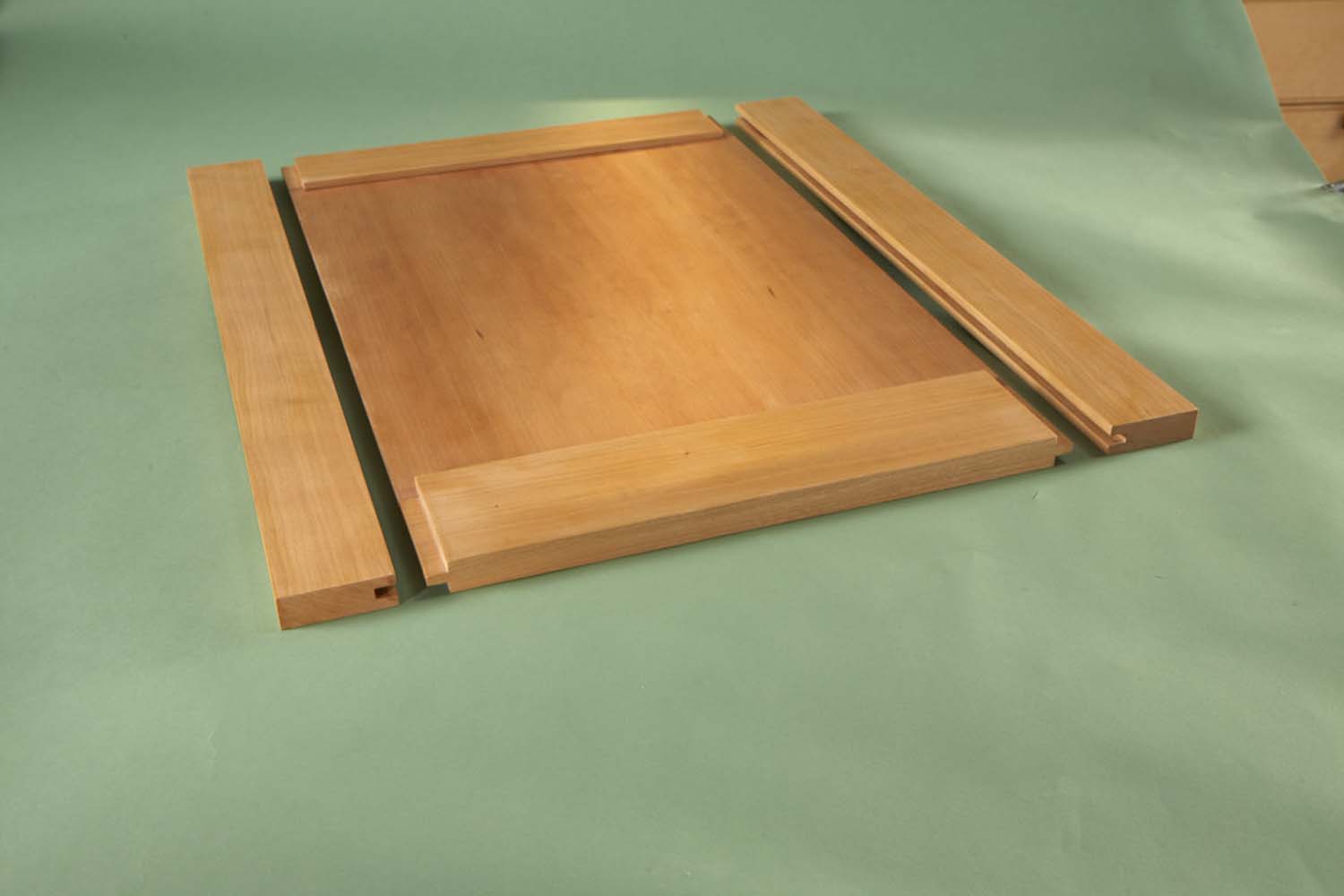Building Your DIY Pull-Out Cabinet Door: Diy Pull Out Cabinet Door

This thread details the construction of a simple, yet functional, pull-out cabinet door. We’ll cover assembly, hardware installation, safety considerations, and troubleshooting common problems. Let’s get started!
Materials and Tools
Before beginning, gather your materials. You’ll need cabinet-grade plywood (or similar material), appropriate length slides (consider weight capacity!), cabinet door handles, wood screws, wood glue, a drill with various drill bits, a saw (circular saw or hand saw), a measuring tape, a level, and a screwdriver. Remember to choose materials appropriate for your cabinet’s size and weight capacity.
Assembling the Cabinet Door Frame, Diy pull out cabinet door
First, cut your plywood to the desired dimensions for the door frame. Imagine a simple rectangle. Apply wood glue to the edges and secure the pieces using wood screws, ensuring square corners using a speed square or framing square for accuracy. Pre-drilling pilot holes prevents splitting the wood.
Attaching the Cabinet Door Panel
Once the frame is assembled and the glue has dried, attach the cabinet door panel (this could be another piece of plywood or a more decorative material). Again, use wood glue and screws, ensuring even spacing and a flush fit. Clamps will help maintain pressure while the glue dries.
Installing the Slides
The type of slide you choose will influence the installation process. For example, full-extension slides usually require mounting brackets on both the cabinet door and the cabinet itself. Carefully follow the manufacturer’s instructions. Precise measurements are crucial for smooth operation. Generally, you’ll attach the slide brackets to the back of the cabinet door frame and then to the inside of the cabinet.
Installing the Handles
Once the slides are installed and functioning correctly, attach the handles. This is often a simple process involving drilling pilot holes and screwing the handles into place. Choose handles that complement your cabinet’s style and are comfortable to grip.
Safety Considerations
Always wear safety glasses when using power tools. Ensure the cabinet door is properly secured to the slides to prevent it from falling. Consider using child safety locks if necessary, especially in kitchens. Regularly check the screws and hardware to ensure they remain tight. A loose screw could lead to the door detaching.
Troubleshooting Common Issues
If the door binds or doesn’t slide smoothly, check for obstructions or misaligned slides. Ensure the slides are properly mounted and that there’s no debris interfering with their movement. If the door is misaligned, slightly loosen the screws and adjust its position before tightening again. A slightly uneven cabinet frame can also cause issues.
Finishing and Refinement of Your DIY Pull-Out Cabinet Door

Transforming your handcrafted pull-out cabinet door from functional to fabulous requires careful finishing. Matching your existing kitchen aesthetic, adding personal touches, and ensuring smooth operation are key to a successful project. This section details how to achieve a professional-looking, long-lasting result.
Matching Existing Cabinetry
Achieving a seamless blend with your existing kitchen cabinets depends on their finish. If your cabinets are painted, carefully prepping the surface of your new door is crucial for a uniform look. This involves sanding to create a smooth surface, applying a primer to ensure paint adhesion, and then applying several coats of paint, allowing ample drying time between each coat. For a perfect match, take a sample of your existing paint to a hardware store for color matching. If your cabinets are stained, selecting a stain that closely matches the existing wood tone is vital. Test the stain on a scrap piece of similar wood first to preview the final color. Apply multiple thin coats, sanding lightly between coats for a smooth, even finish. Finally, seal both painted and stained doors with a protective clear coat to safeguard against moisture and wear. This could be a polyurethane or varnish, applied in thin coats for a durable, lasting finish.
Customizing with Decorative Elements and Hardware
Personalize your pull-out door with decorative elements that reflect your style. Consider adding decorative molding to the edges for a more ornate look, or inlaying contrasting wood pieces for a unique design. These additions can significantly elevate the visual appeal. For hardware, choose pulls and knobs that complement your kitchen’s style. From sleek, modern handles to antique-style knobs, the right hardware can dramatically change the overall impression. Consider the weight of the door when selecting hardware; robust hardware is essential for smooth operation, especially with heavier doors. Ensure the hardware is securely attached to prevent loosening over time.
Adding Soft-Close Mechanisms
Integrating soft-close mechanisms significantly enhances the functionality and longevity of your pull-out door. These mechanisms ensure a quiet, controlled closing, preventing slamming and extending the life of both the door and the cabinet. Most soft-close mechanisms are designed to be easily installed. They typically involve attaching a small damper to the inside of the cabinet and a corresponding fitting to the door. Follow the manufacturer’s instructions carefully, ensuring accurate placement for optimal performance. A properly installed soft-close mechanism adds a professional touch and contributes to a more enjoyable kitchen experience.
